Could Pelargonidin Foods Be the Missing Piece of Your Health Puzzle? Here's The List!
You're likely already eating pelargonidin foods but you don't even know it! Double down with this antioxidant and discover the foods rich in it!
As a nutritionist, I'm always on the lookout for foods that can offer unique health benefits. And one nutrient that's been getting more attention lately is pelargonidin, a type of anthocyanin found in certain foods. But what exactly are pelargonidin foods, and why should you care about them? Let's take a closer look.
What Is Pelargonidin?
If you're interested in healthy eating, you may have heard of antioxidants, those powerful compounds that help protect our body from harmful molecules called free radicals. But have you heard of anthocyanins, the specific type of antioxidant found in many colorful fruits and vegetables? And more specifically, have you heard of pelargonidin, one of the most potent and beneficial types of anthocyanin?
Anthocyanins are pigments that give plants their vibrant colors, from the red of cherries to the purple of eggplants. They are known for their antioxidant and anti-inflammatory properties, which can help reduce the risk of chronic diseases such as cancer, diabetes, and heart disease.
Pelargonidin is a specific type of anthocyanin that is particularly potent in its health benefits. It is known to have anti-inflammatory and anti-cancer properties, as well as support cardiovascular health and blood sugar regulation.
Pelargonidin can be found in a variety of plant-based foods, including berries such as raspberries, strawberries, and cranberries, as well as in red grapes, red onions, and red cabbage. It is also found in some flowers and leaves, including certain varieties of roses and geraniums.
In addition to pelargonidin, many other types of anthocyanins offer their own unique health benefits. For example, cyanidin, found in blueberries and blackcurrants, has been shown to support brain health and cognitive function. Delphinidin, found in blueberries and pomegranates, has been shown to support skin health and protect against UV damage.
In this article, we will focus on pelargonidin, one of the most potent and beneficial types of anthocyanins. While there are many types of anthocyanins found in various plant-based foods, pelargonidin has unique health benefits that make it a particularly valuable nutrient to incorporate into your diet.
By delving deeper into the properties of pelargonidin and the foods that contain it, we can gain a better understanding of how this powerful compound can support our health and well-being. So, let's dive in and explore the world of pelargonidin-rich foods!
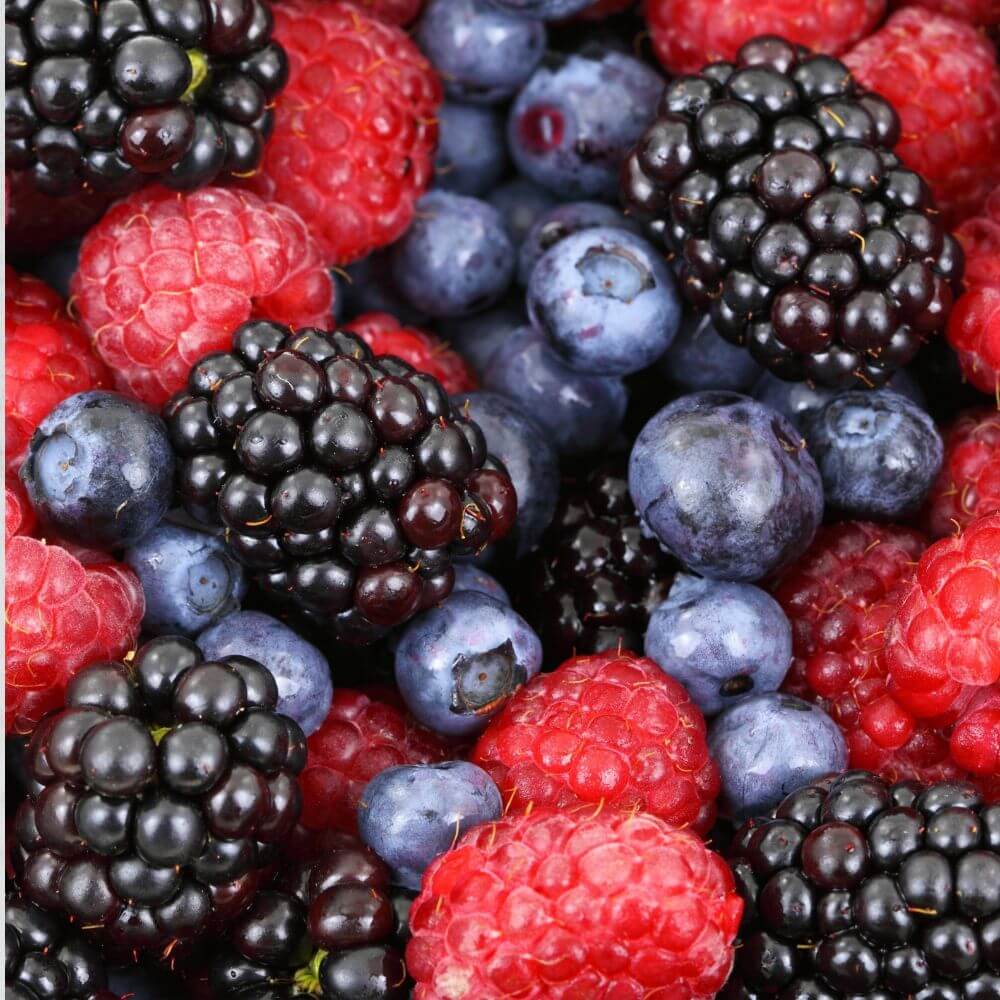
Top 20 Pelargonidin-Rich Foods
- Strawberries
- Raspberries
- Cherries
- Red apples
- Red grapes
- Red plums
- Cranberries
- Blackberries
- Blueberries
- Red onions
- Red cabbage
- Blood oranges
- Red bell peppers
- Pomegranates
- Black currants
- Elderberries
- Mulberries
- Hibiscus tea
- Wine (particularly red wine)
- Eggplants
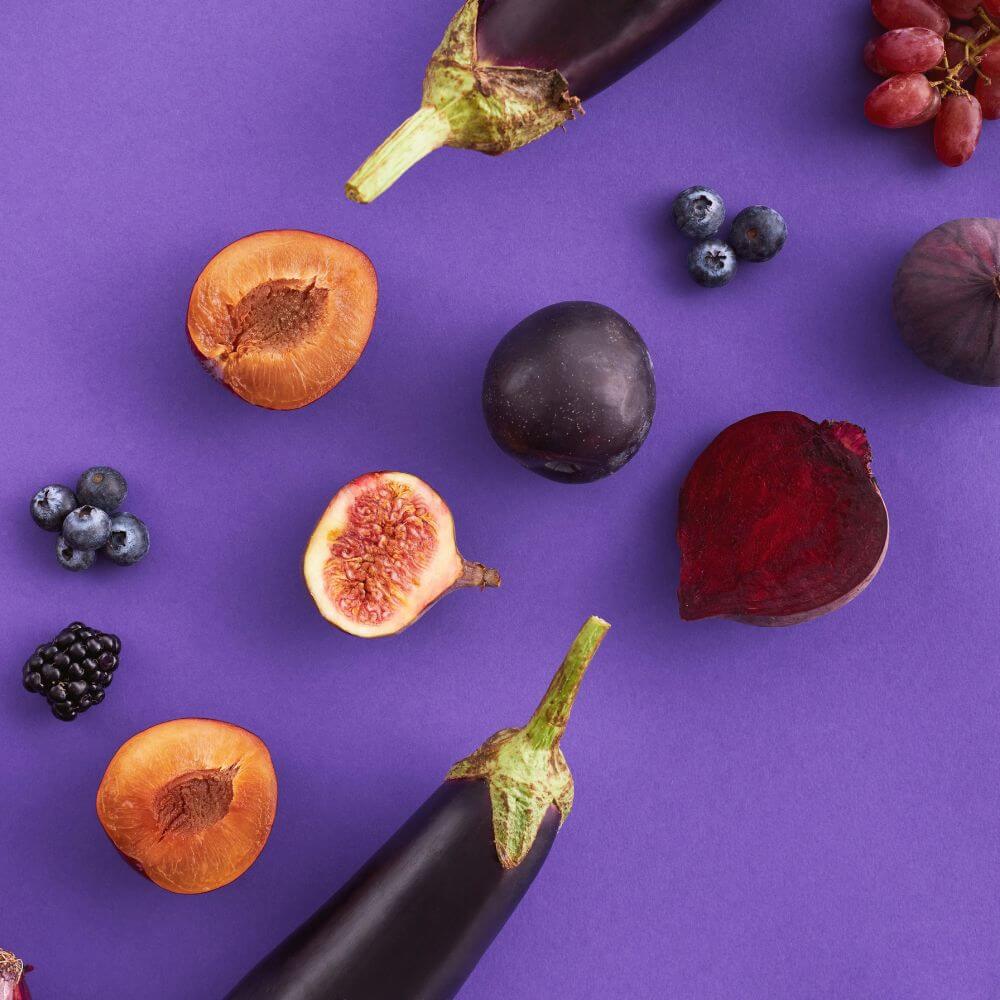
Different Types of Anthocyanins
As mentioned earlier, pelargonidin is just one of several types of anthocyanins found in foods. Before we dive into pelargonidin, here's a quick rundown of the other different types and the foods that contain them:
- Cyanidin: Found in foods like blackberries, blueberries, cherries, and raspberries.
- Delphinidin: Found in foods like blueberries, cranberries, and Concord grapes.
- Malvidin: Found in foods like blackcurrants, blueberries, and grapes.
- Peonidin: Found in foods like blackberries, cherries, cranberries, and red cabbage.
- Petunidin: Found in foods like blackcurrants, blueberries, and grapes.
While all types of anthocyanins offer potential health benefits, the specific benefits may vary based on the type of anthocyanin and the foods that contain them.
Health Benefits of Pelargonidin Foods
Here are a few of the potential health benefits associated with consuming pelargonidin-rich foods:
- Anti-inflammatory properties: Inflammation is a normal response to injury or infection, but chronic inflammation can contribute to a variety of health problems. Pelargonidin has been shown to have anti-inflammatory effects, which may help reduce the risk of chronic diseases like heart disease, diabetes, and cancer.
- Antioxidant effects: Pelargonidin is also an antioxidant, which means it helps protect cells from damage caused by free radicals. Free radicals are molecules that can damage cells and contribute to the development of chronic diseases.
- Cardiovascular benefits: Some studies have found that consuming pelargonidin-rich foods may help improve cardiovascular health by lowering blood pressure, reducing inflammation, and improving cholesterol levels.
- Potential cancer-fighting properties: While more research is needed, some studies have suggested that pelargonidin may have anti-cancer properties. For example, one study found that pelargonidin inhibited the growth of colon cancer cells in the laboratory.
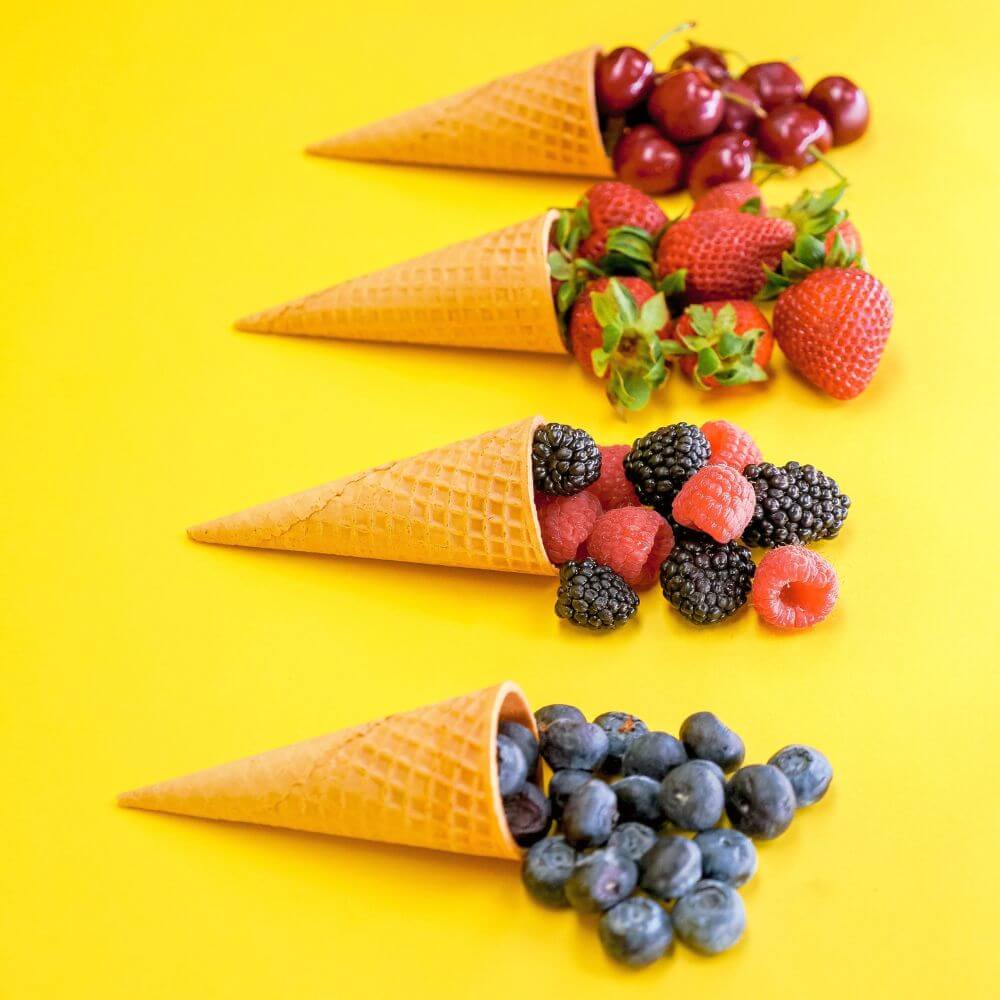
How to Incorporate Pelargonidin Foods into Your Diet
If you're interested in adding more pelargonidin-rich foods to your diet, here are a few tips:
- Start your day with a berry smoothie: Blend together a cup of mixed berries (such as raspberries and strawberries), some almond milk, and a handful of spinach for a nutritious and delicious breakfast.
- Snack on cherry tomatoes: Cherry tomatoes are a tasty and convenient snack that can provide a boost of pelargonidin. Pair them with some hummus or guacamole for extra flavor and nutrition.
- Make a colorful salad: Red cabbage, red onion, and red grapes all contain pelargonidin, so toss them together in a salad for a colorful and nutritious meal. Add some chicken or salmon for protein, and drizzle with a homemade vinaigrette for flavor.
- Enjoy a glass of red wine: Red grapes are a good source of pelargonidin, and red wine contains even higher levels. Enjoy a glass of red wine with dinner (in moderation, of course) to add a boost of antioxidants to your meal.
- Mix up your fruit choices: While raspberries and strawberries are well-known sources of pelargonidin, don't forget about other fruits like cherries, blackcurrants, and red grapes. Mix up your fruit choices to get a variety of anthocyanins in your diet.
Incorporating pelargonidin-rich foods into your diet is just one way to support your overall health. But remember, no single food or nutrient is a magic bullet for good health. It's important to eat a varied and balanced diet, get regular exercise, manage stress, and get enough sleep to support your overall well-being.
Final Thoughts
Pelargonidin foods may not be a household name yet, but they offer potential health benefits that are worth considering. By adding more berries, red cabbage, red onions, and red grapes to your diet, you can increase your intake of this beneficial anthocyanin.
But remember, nutrition is about more than just individual nutrients or foods. It's about building a healthy relationship with food and nourishing your body with a variety of whole, nutrient-dense foods. So go ahead and enjoy some pelargonidin-rich foods, but don't forget to savor the flavors and appreciate the nourishment they provide.
You Might Also Enjoy Reading This!
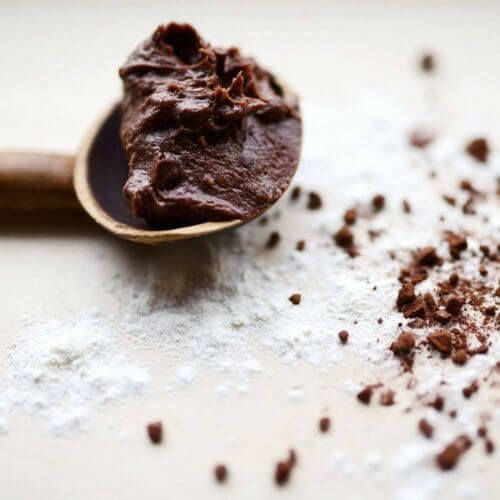

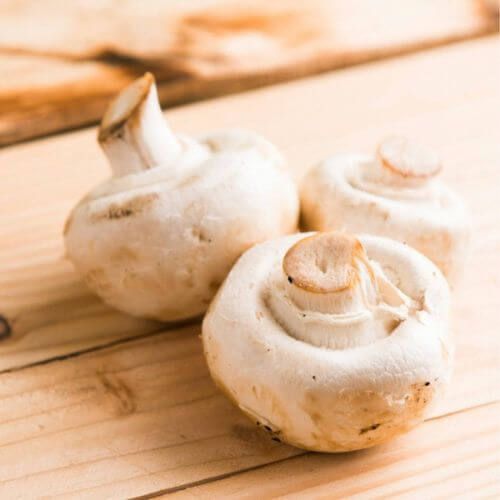
Disclaimer
Each of these products has been very carefully reviewed and selected by us at WellnessWishlist. All opinions in this article are our own, and we're proud to share them with you, however, all content is meant only to be informative and should not be taken as medical advice, nor used to diagnose, treat, and or prevent any health conditions. As Amazon associates, we may collect compensation from the affiliate links on this page, through qualifying purchases (that's how we stay in business). We truly hope you enjoy finding the next addition to your WellnessWishlist!


